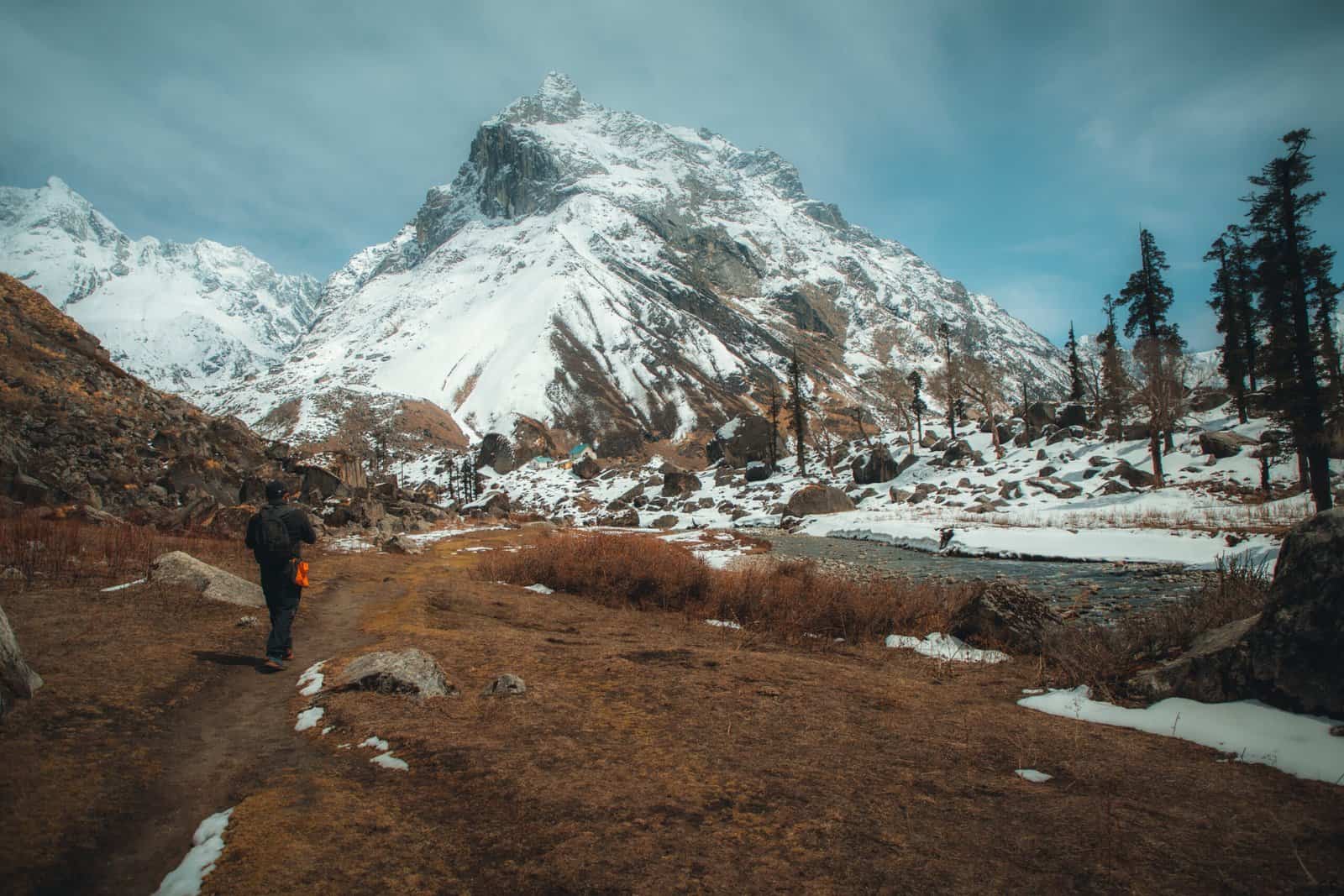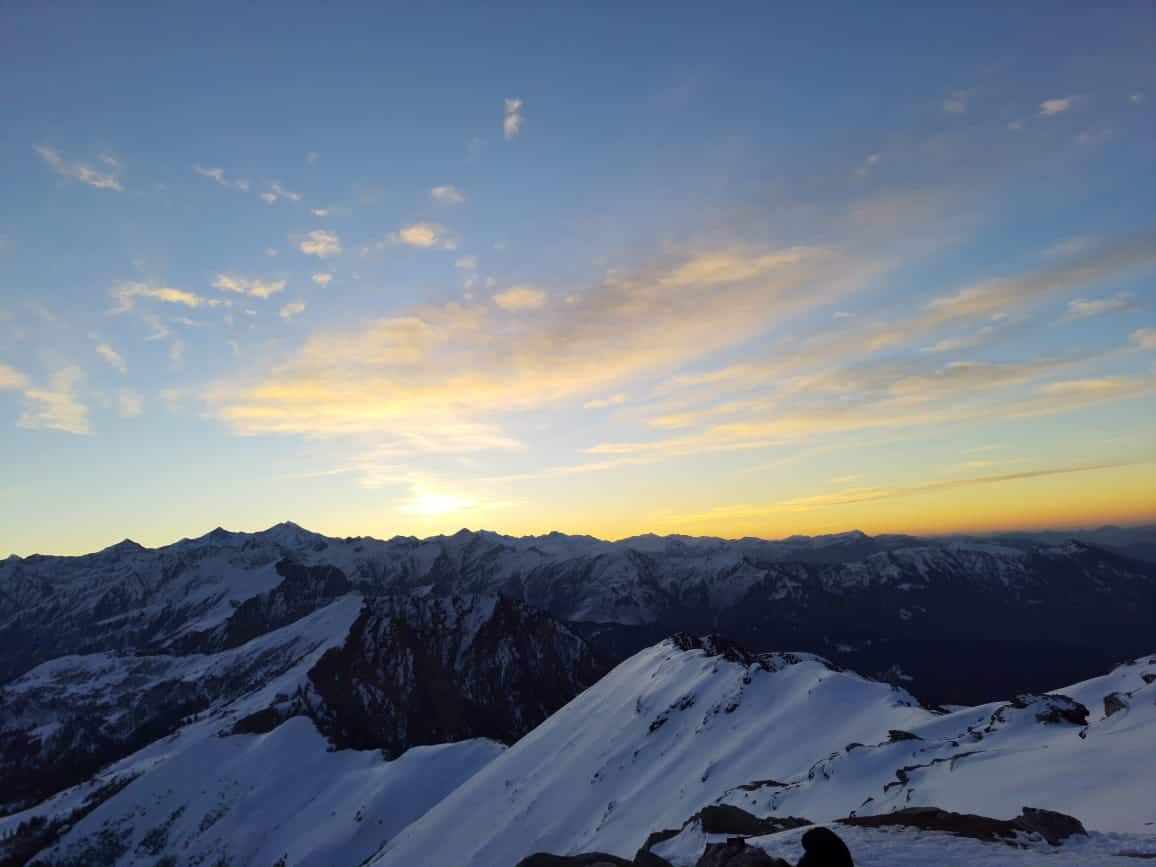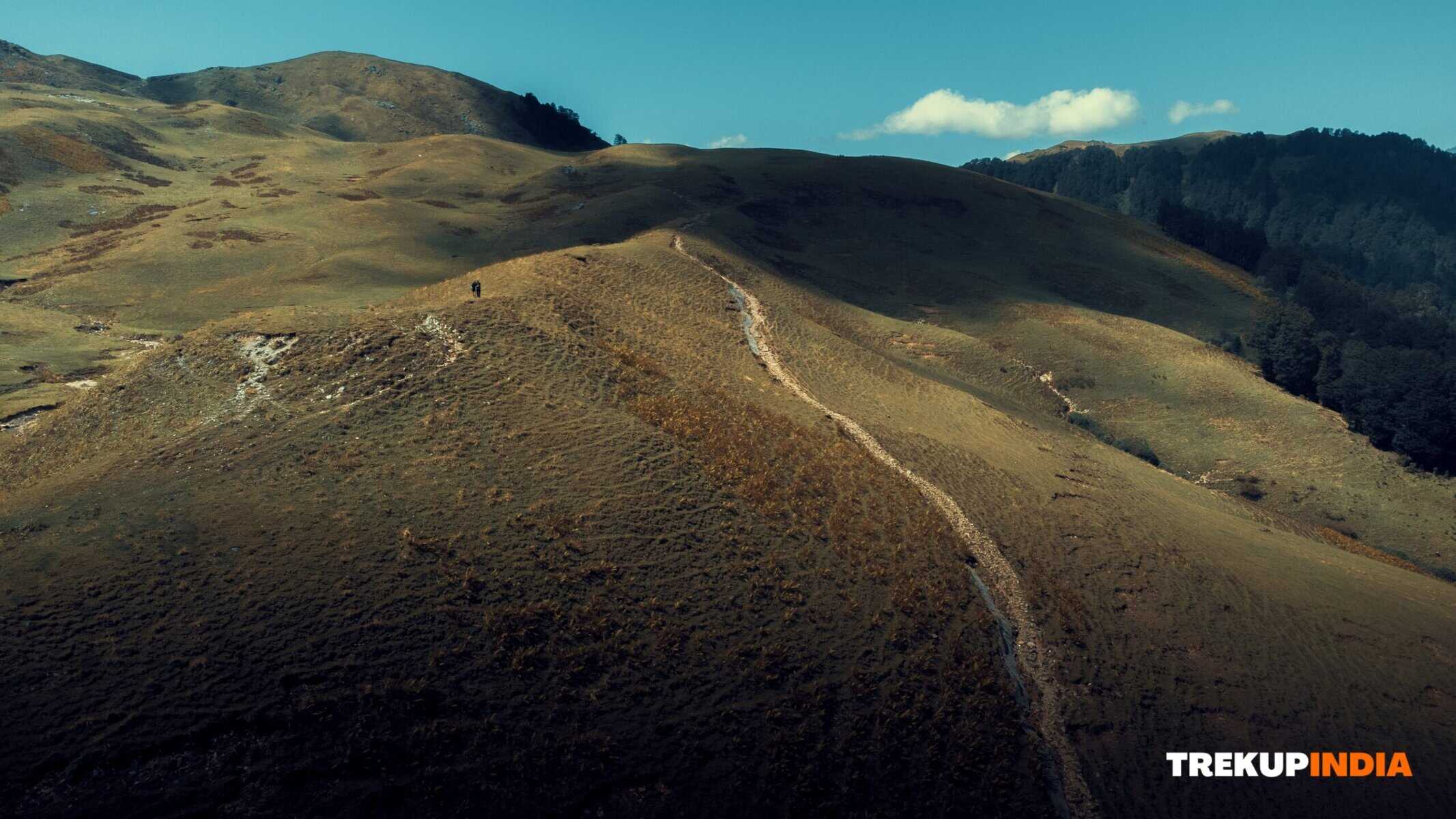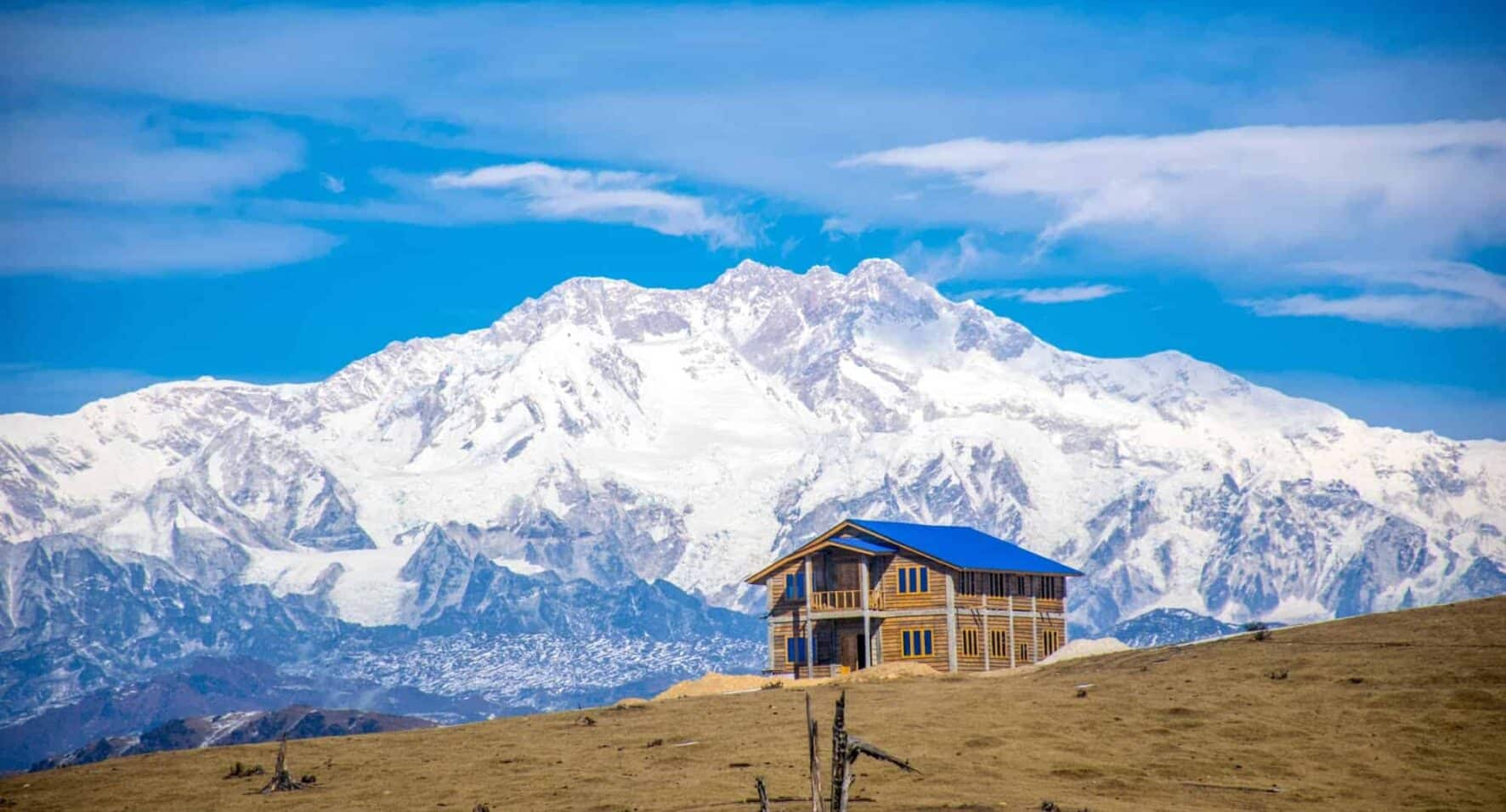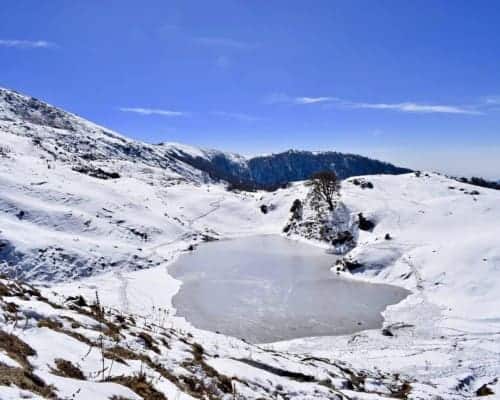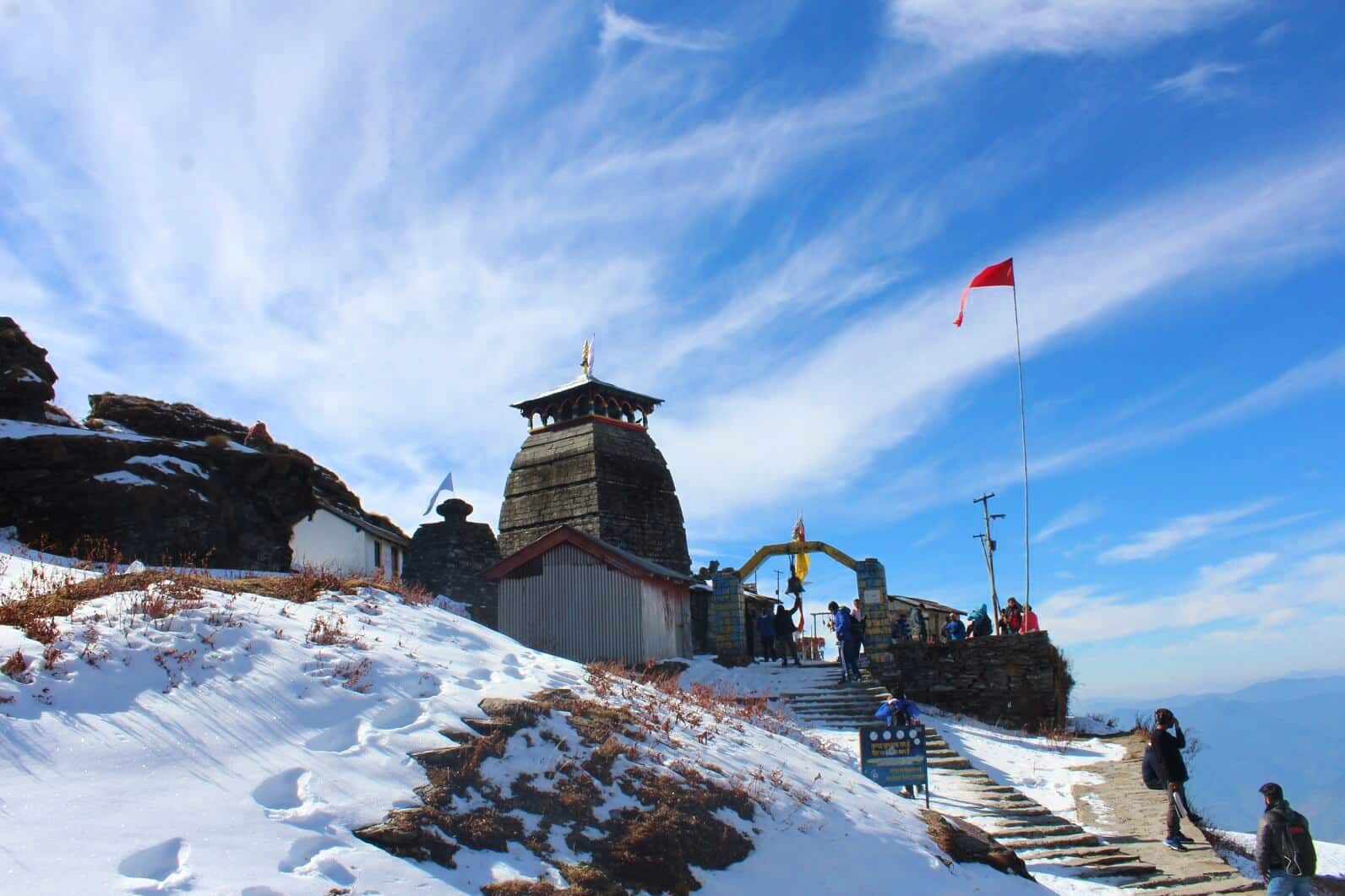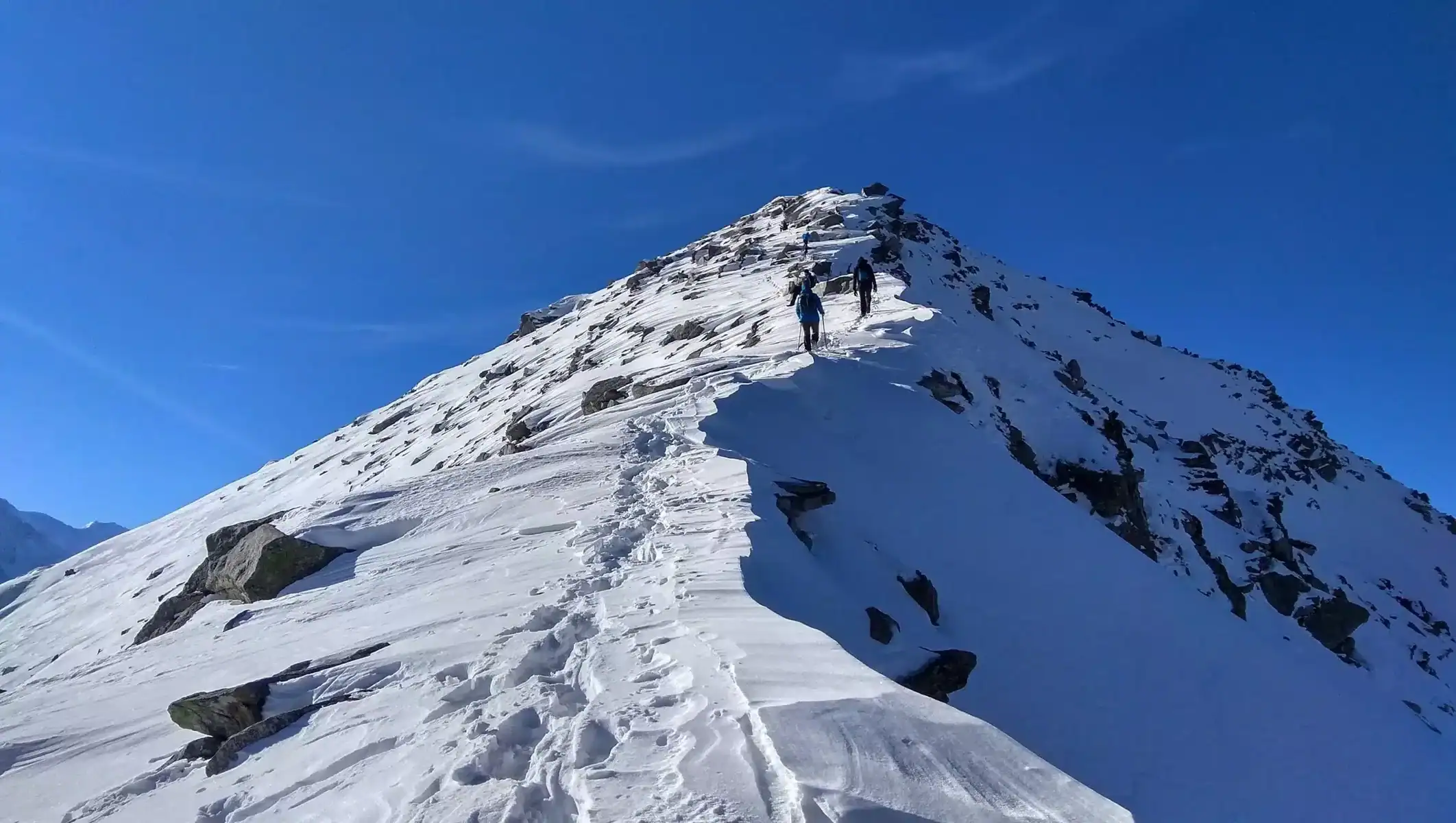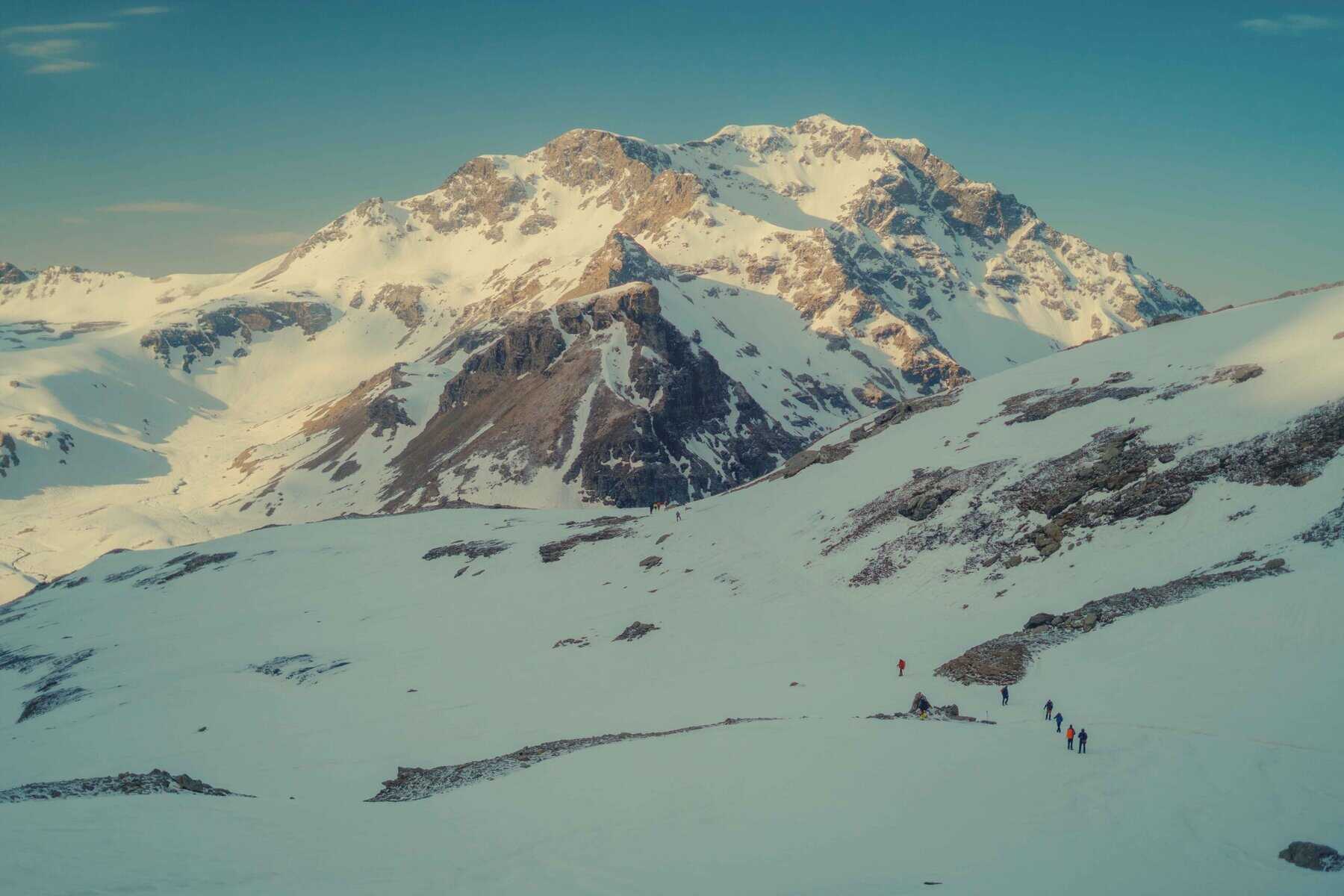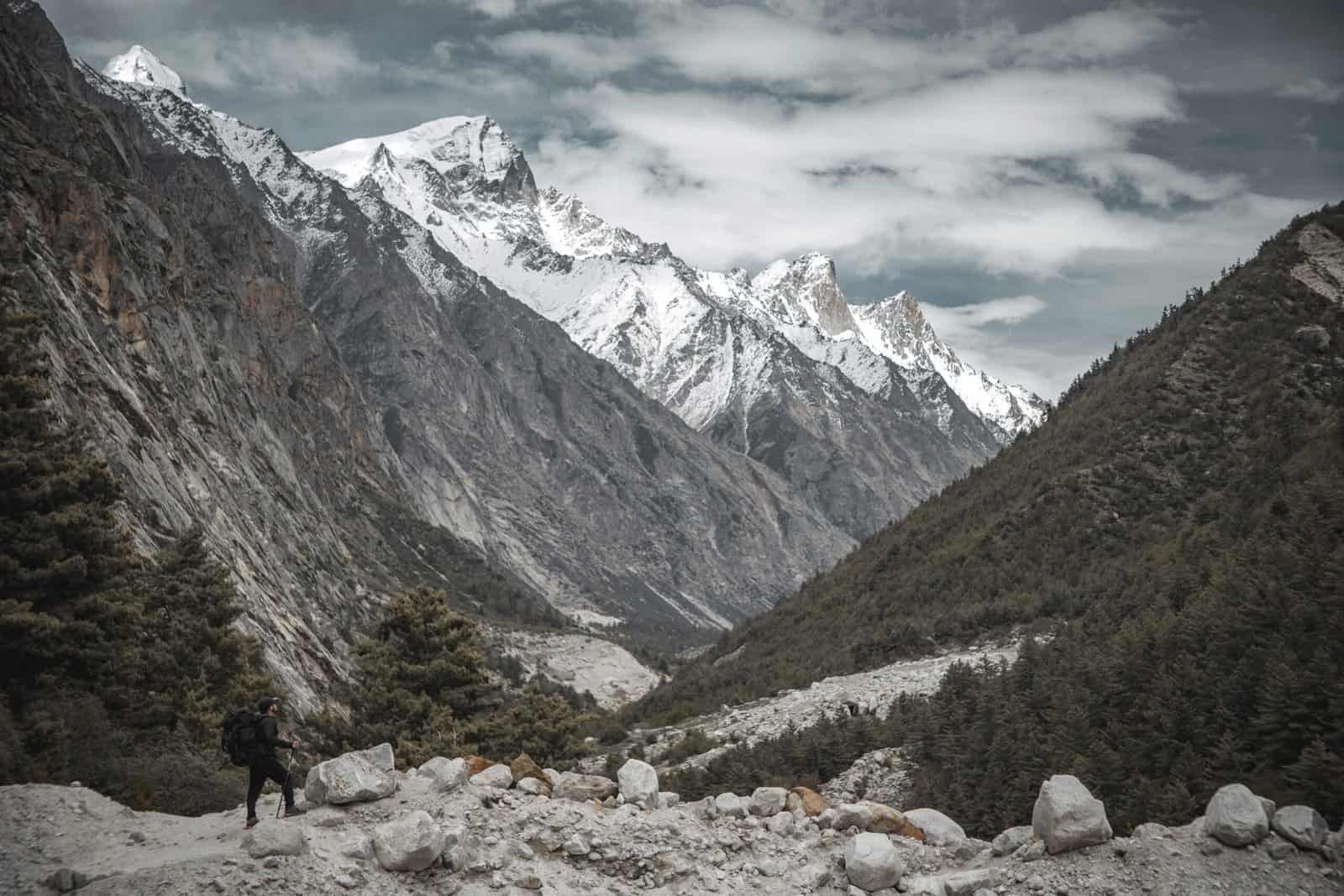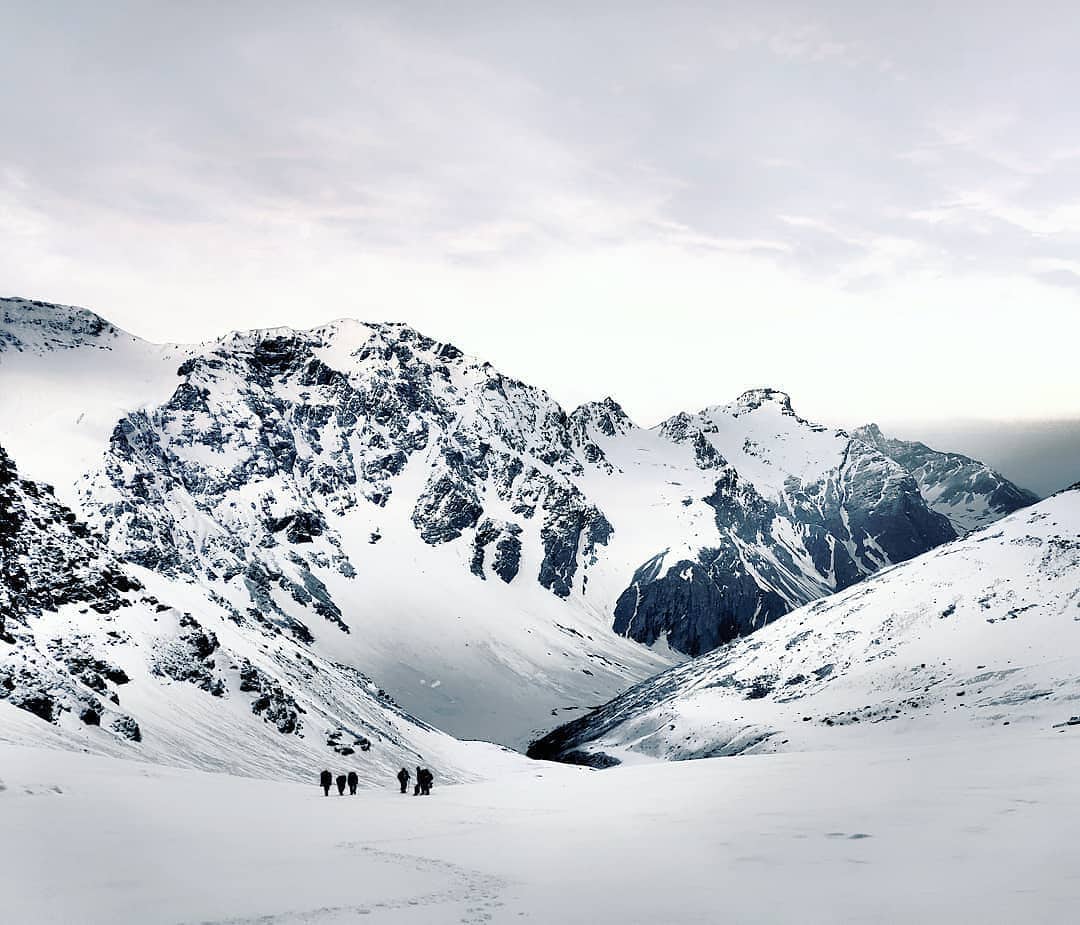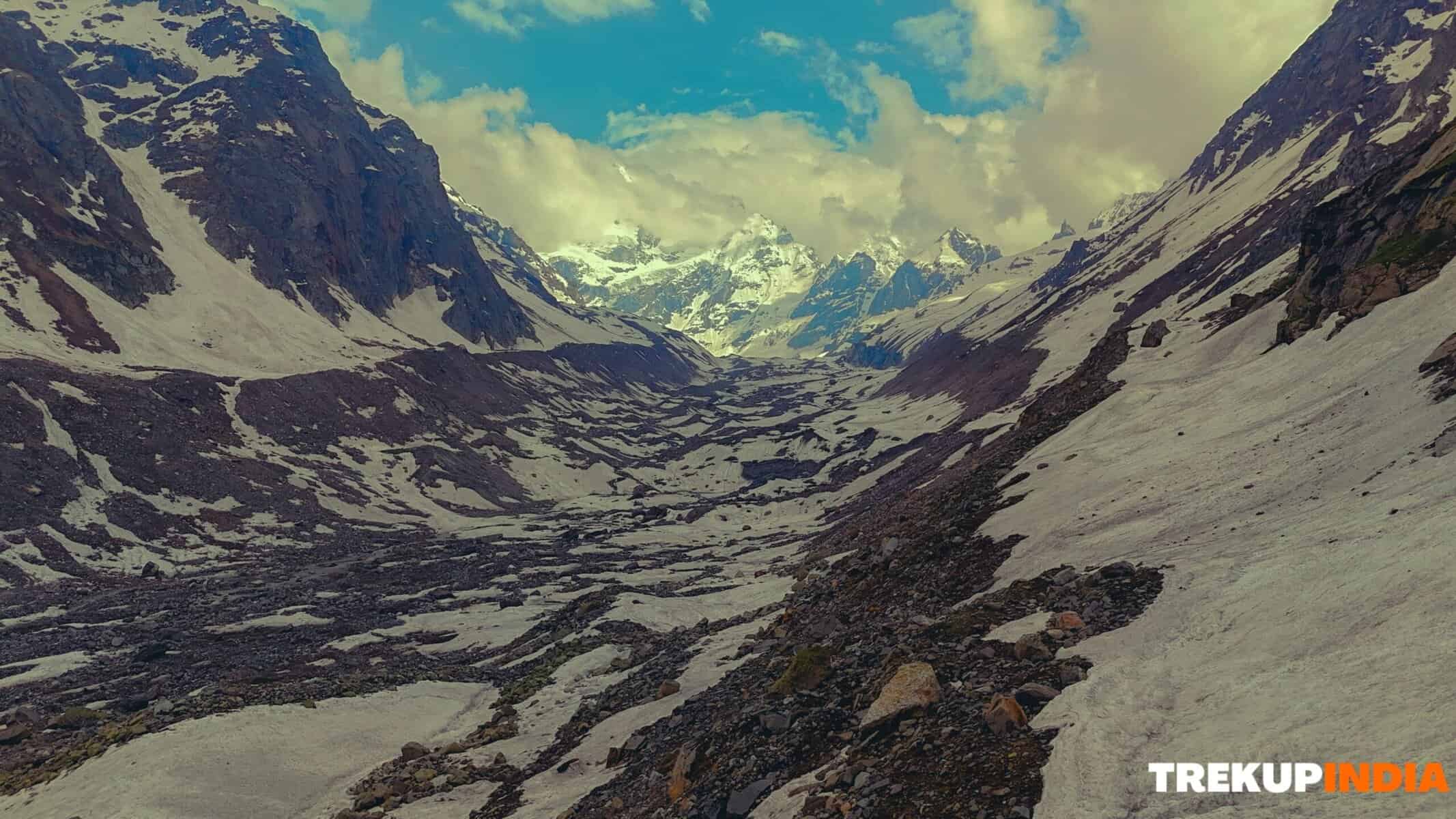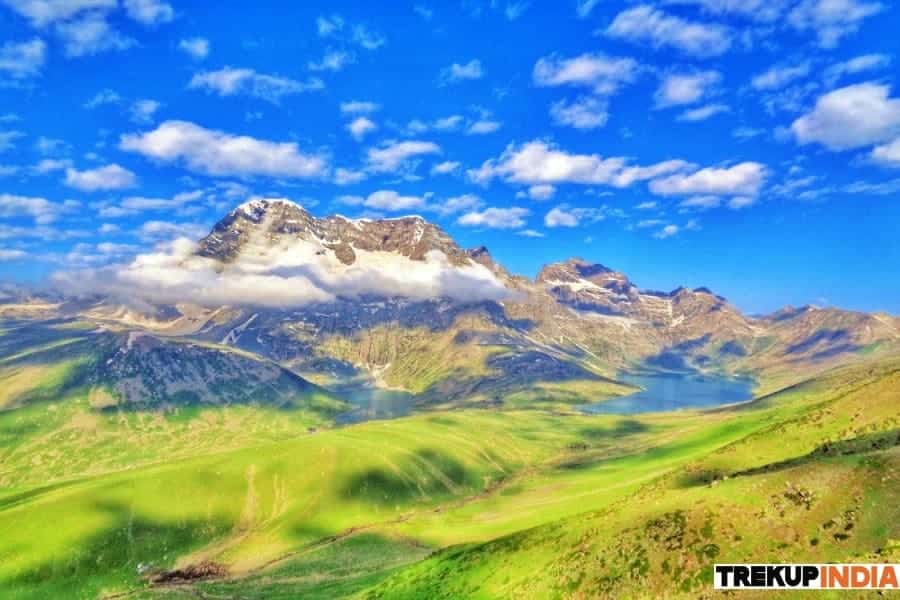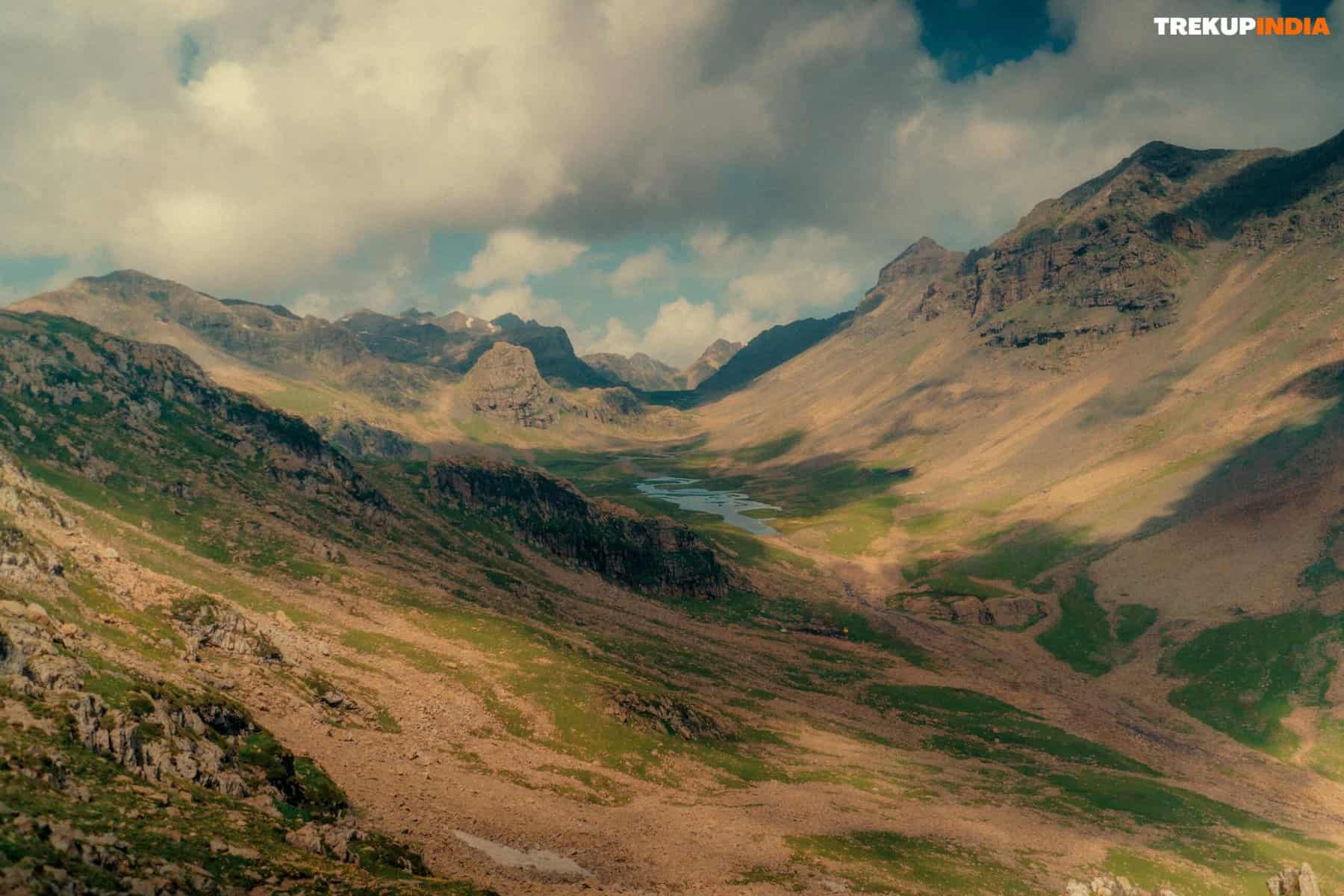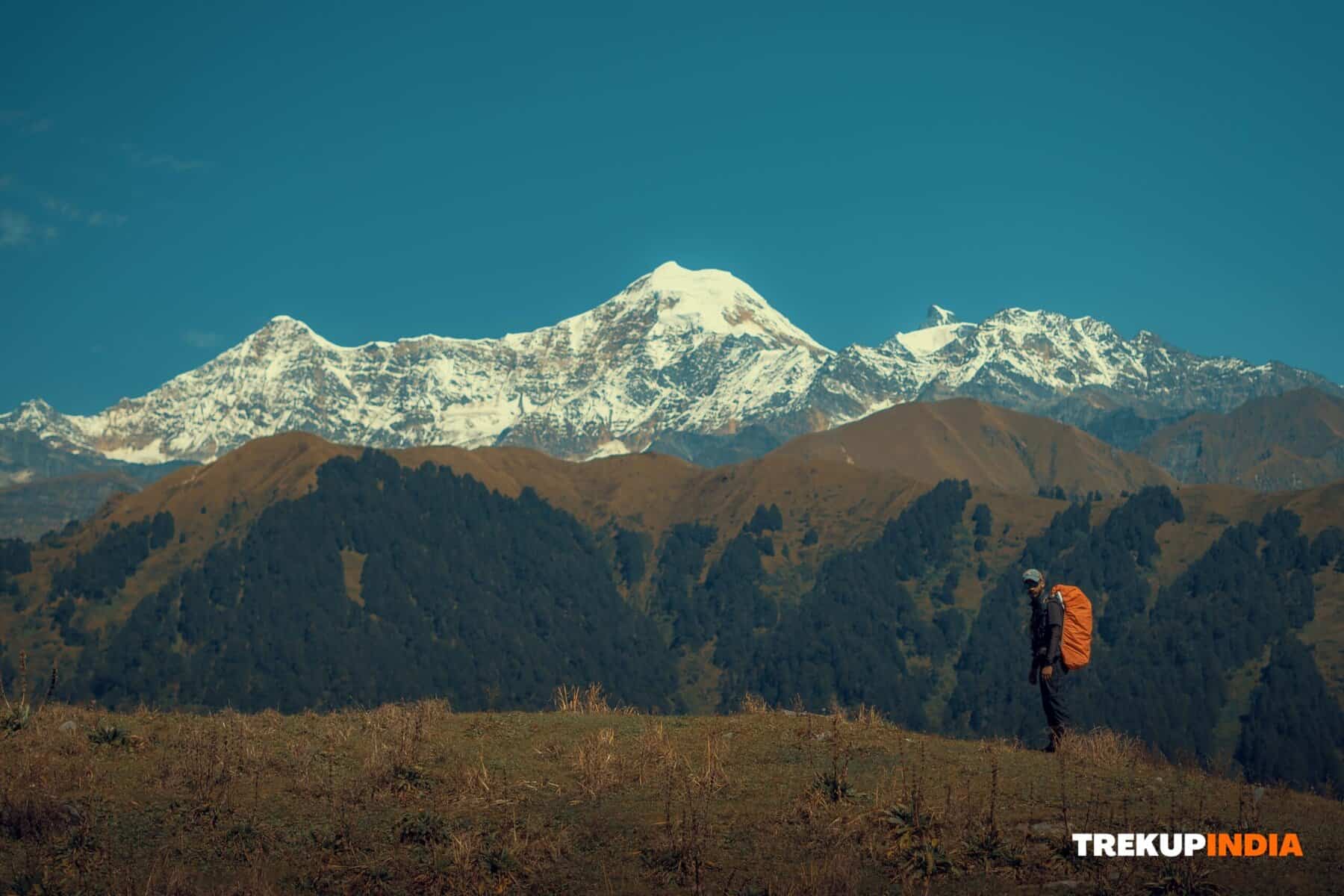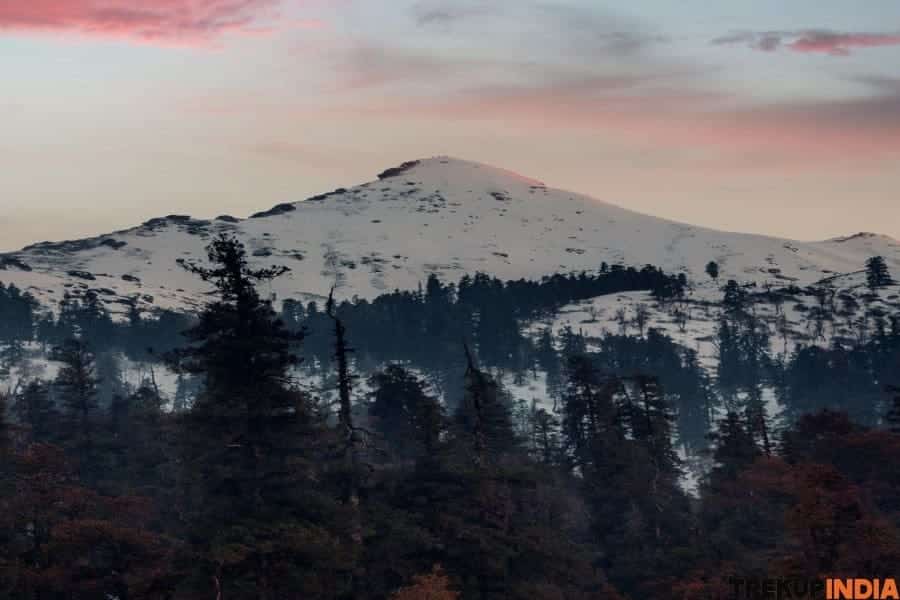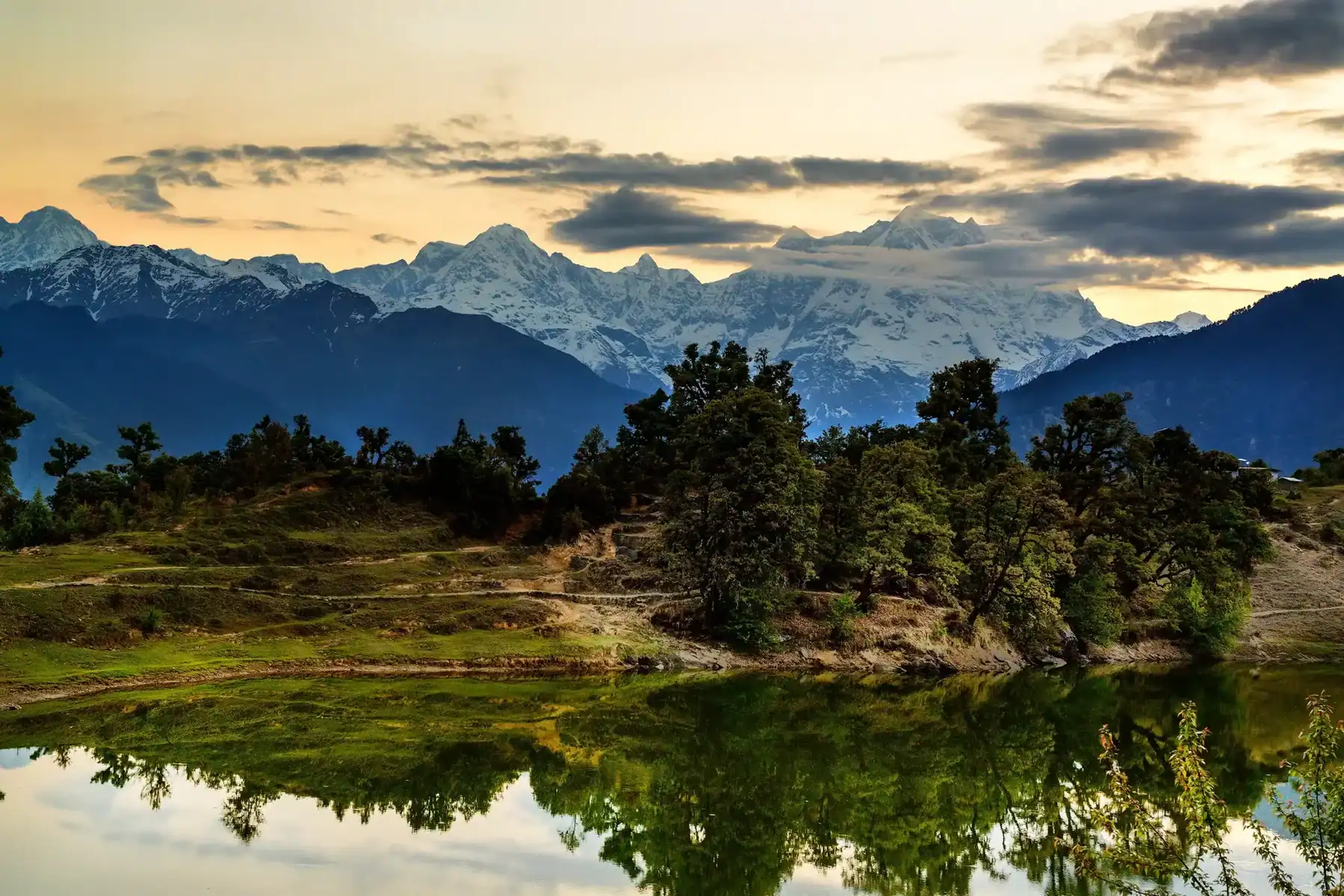What Is Acute Mountain Sickness (AMS)
Understanding Altitude Sickness: A Guide for Trekkers
Hello, fellow hikers! Today, let’s talk about a challenge that many trekkers face in the mountains—Altitude Sickness. This condition occurs when the body struggles to adjust to the lower oxygen levels at higher altitudes. If you ascend too quickly without proper acclimatization, your body may not adapt as needed, leading to altitude sickness.
The most common type of altitude sickness is Acute Mountain Sickness (AMS). However, there are two more severe forms of altitude sickness to be aware of: HAPE (High Altitude Pulmonary Edema) and HACE (High Altitude Cerebral Edema).
HAPE (High Altitude Pulmonary Edema) affects the lungs when excess fluid from the blood leaks into the lungs, causing breathlessness and difficulty breathing.
HACE (High Altitude Cerebral Edema) affects the brain, causing it to swell due to the buildup of fluid. Symptoms include confusion, lack of coordination, and in extreme cases, violent behavior.
Who is Prone to Altitude Sickness?
Not every trekker will experience altitude sickness. However, those who ascend too quickly or don’t give their bodies enough time to acclimatize are more likely to face it. Altitude sickness can strike at different times during your trek—at the start, midway, or even towards the end.
AMS can also vary in severity, and it’s important to know the signs to respond appropriately:
Types of Acute Mountain Sickness (AMS)
Mild AMS
Symptoms: Mild headache, fatigue, and possibly some light nausea.
What to do: These symptoms won’t typically affect your ability to continue trekking. Once your body adjusts to the altitude, the symptoms should fade away.Moderate AMS
Symptoms: Severe headaches, nausea, dizziness, and difficulty with coordination.
What to do: If you experience these symptoms, it’s important to descend to a lower altitude to allow your body to acclimatize. Rest and hydration are key.Severe AMS
Symptoms: Difficulty breathing, extreme fatigue, and trouble walking even while resting.
What to do: This is a serious condition. Immediate descent to a lower altitude is crucial, and medical care may be necessary. This stage may require professional medical attention.
How to Prevent Altitude Sickness
Acclimatize Properly: Ascend slowly to allow your body time to adjust. A good rule of thumb is to not ascend more than 300–500 meters (1000–1500 feet) per day once you’re above 2,500 meters (8,000 feet).
Stay Hydrated: Dehydration can worsen AMS, so make sure you’re drinking plenty of water.
Take Rest Days: Every few days, take a break to let your body adjust before going higher.
Avoid Alcohol and Smoking: Both can worsen symptoms and impair your body’s ability to acclimate.
What to Do If You Experience AMS
If you start experiencing symptoms of AMS, it’s important not to ignore them. Descend to a lower altitude as soon as possible and seek medical attention if needed. Always inform your trek leader or group guide about any symptoms so they can monitor your condition and make decisions for your safety.
Altitude sickness is a serious issue, but with proper precautions, you can minimize the risk and ensure a safer trek. Stay vigilant, listen to your body, and don’t hesitate to descend if symptoms of AMS arise. Your safety and well-being should always come first.
Why do you feel Altitude Sickness?

Altitude sickness occurs when there is a sudden change in air pressure or oxygen levels at higher altitudes. This happens when the body doesn’t have enough time to adjust to the reduced oxygen levels or the change in atmospheric pressure. Even individuals who are physically fit can experience altitude sickness, as the condition is not solely dependent on fitness level, but rather on how quickly you ascend and how well your body adapts to the new altitude.
Precaution for Acute Mountain Sickness
Preventive Measures for Acute Mountain Sickness (AMS)
It’s crucial to be aware of the symptoms of altitude sickness and take preventive steps to reduce the chances of developing AMS. While there is no guaranteed cure for AMS, you can take certain precautions to minimize the risk. Below are some essential preventive measures to help ensure a safer trek:
1. Acclimatization
Allow your body to adjust to the change in altitude by adding extra days to your itinerary. For trekkers coming from lower altitudes, an acclimatization day helps your body adjust to the thinner air and lower oxygen levels at higher altitudes.
2. Improving Your Health
It’s vital to prepare your body to function at changing altitudes. Strengthening your lungs and heart through regular physical activity can improve your ability to handle the lower oxygen levels. Even expert trekkers can experience AMS if they push themselves too hard, so training and pacing are key.
3. Diamox (Acetazolamide)
Many trekkers and mountaineers take Diamox (Acetazolamide) to aid acclimatization. This medication can help prevent altitude sickness by stimulating breathing and increasing oxygen absorption. It’s best to consult with your doctor about taking Diamox before your trek.
4. Gradual Ascent
Ascend slowly and steadily, especially during the early stages of the trek. Walking at a moderate pace and enjoying the natural surroundings allows your body the time it needs to adjust to the changes in the environment. This is not a race, and pacing yourself is critical.
5. Stay Hydrated
Hydration is key at high altitudes. Drink at least 4 liters of water a day, and supplement with hot soups and beverages. A good way to check hydration levels is by observing the color of your urine. If it’s pale or clear, you’re hydrated. If it’s yellow, drink more water.
6. Dietary Considerations
At high altitudes, your body needs more carbohydrates for energy. Avoid spicy, oily, or sugary foods that can upset your stomach or slow digestion. A diet rich in easy-to-digest carbs will provide the necessary energy for your trek.
7. Regulate Body Temperature
Keeping yourself dry is vital for regulating body temperature. Change out of wet clothes as soon as possible to avoid getting cold, especially once the temperature drops at night. Carry a two-piece rain suit or poncho to stay dry during unexpected rain showers. Avoid cotton clothes, as they trap moisture and take longer to dry. Opt for synthetic or moisture-wicking fabrics instead.
8. Avoid Smoking and Drinking Alcohol
Smoking can reduce your lung capacity, making it harder to breathe in already thin air. Alcohol can dehydrate your body, which worsens the effects of altitude sickness. It’s best to refrain from both while trekking at high altitudes.
9. Sleep at Lower Altitudes
AMS tends to worsen at night. To minimize this risk, try to climb to higher altitudes during the day but sleep at lower altitudes at night. This practice is especially important when ascending more than 1,000 feet (300 meters) in one day.
By following these preventive measures, you can significantly reduce your risk of altitude sickness and enjoy your trek with greater comfort and safety.
Remember to listen to your body and take things slow—altitude adjustment is a gradual process that requires patience.
About Author
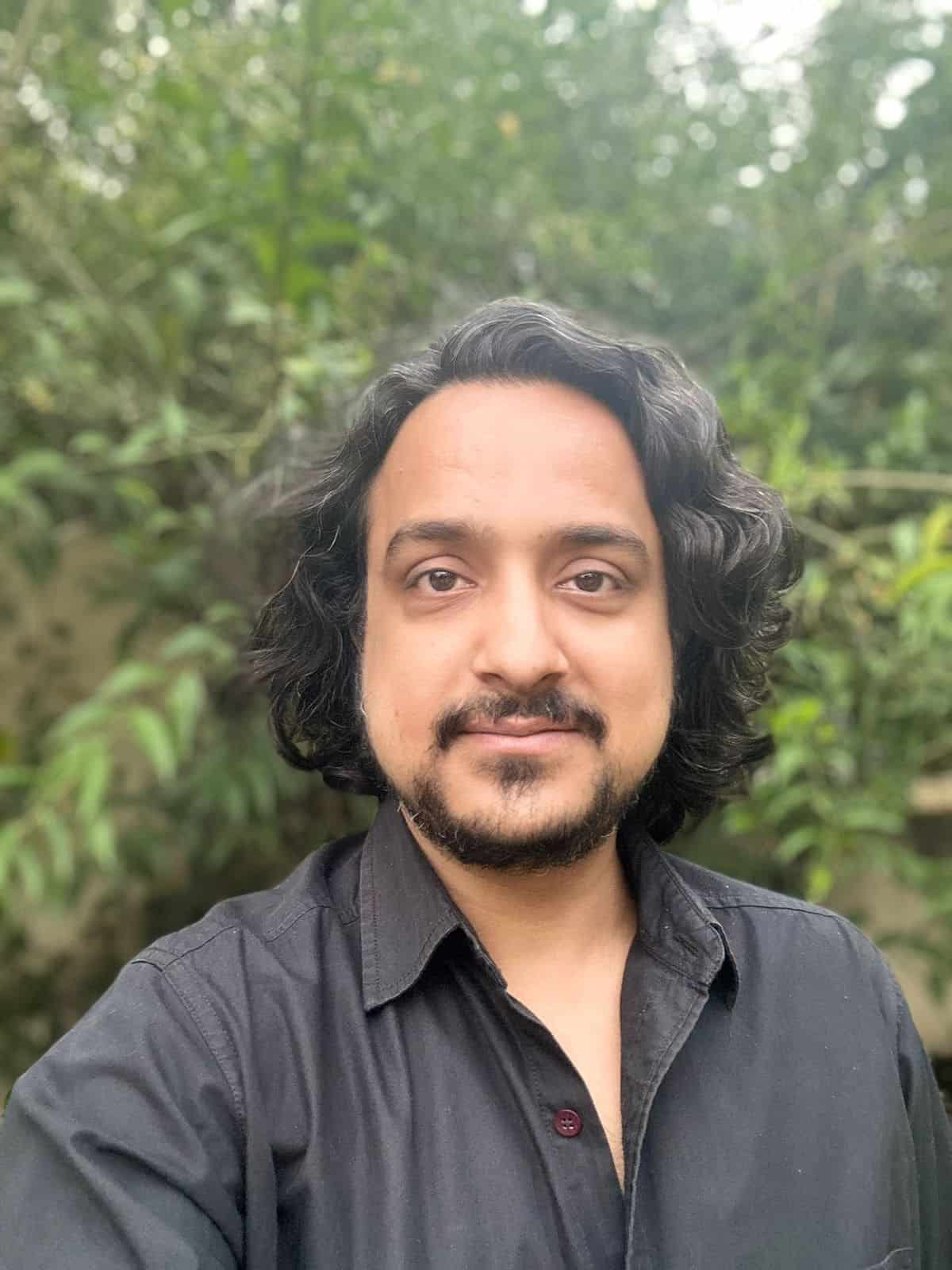
Kanishk (Content Writer)
Kanishk has lived in these hills all his life, so every time he wished to travel somewhere, the hills were his calling card. He completed his schooling in Dehradun and graduated with a degree in Journalism and Mass Communication. As a result, he was open to sharing in detail his personal experience of exploring with friends and his family. He then looked through different career choices but couldn’t find something that made him happy and content. Until he got an opportunity to work in a traveling company and that to trekking. In his mind, this was like the mountains calling, and he began explaining the adventure of going to the hills to people.


